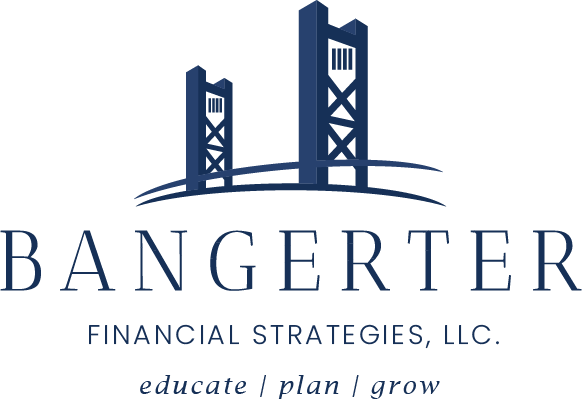If you own a piece of agricultural property, like a ranch or farmland, you may at some point decide it’s no longer right for you. Selling your property outright can cause you to owe thousands of dollars in capital gains taxes, significantly reducing the amount of proceeds from the sale.
However, you have another option. Completing a 1031 exchange will allow you to defer your capital gains taxes while also enjoying additional portfolio diversification. While many owners of agricultural properties believe they can only engage in a 1031 exchange if they purchase another piece of agricultural property, this is not true. Under the tax law that governs 1031 exchanges, the definition of “like-kind” properties is broader than you may think. Here's a closer look.
What Qualifies as a “Like-Kind” Property?
The rules for a 1031 exchange are defined under Section 1031 of the Internal Revenue Code. They state that any property “utilized for productive use in a trade, investment, or business purposes,” can be exchanged for a “like-kind” property.
The term “like-kind” often confuses since it refers to a property’s “nature or character,” instead of its “grade or quality.” To put this in simpler terms, as long as a real property is located within the United States and held for “investment or the productive use in a trade or business,” it is considered like-kind property.
This means that you do not have to replace a piece of agricultural property with another piece of agricultural property. Instead, you can engage in a 1031 exchange by purchasing properties like a retail space, a warehouse, a multi-family apartment complex, or even a single-family home, as long as it's used for investment purposes.
Agricultural 1031 Exchange: A Real-Life Example
It’s common for owners of agricultural properties to eventually decide they’re too labor, water, or chemical-intensive. If you no longer want to deal with your property, you can use a 1031 exchange to sell it and purchase another type of investment property.
If you’re not yet ready to get out of agriculture completely, you may consider selling conservation easements and using the funds to complete a 1031 exchange. For example, you may want to sell an easement that conserves water by restricting your ability to use wells on your land or one that protects the environment by restricting the use of chemical fertilizers. You can then diversify your portfolio by using the funds from the sale to acquire other properties, like nearby single-family homes that you can use as Airbnb/VRBO rentals.
Important Rules to Consider
While the 1031 exchange rules give you plenty of flexibility in choosing your replacement property, you must follow other important rules. Two of the most important are the 45-Day and 180-Day rules. The first states that you must identify your replacement property in writing within 45 calendar days from the day you sell your relinquished property.
The second rule states that you have a total of 180 days from the day you sell your relinquished property to close on at least one of the properties you’ve identified. You also must never take possession of the proceeds from the sale of your relinquished property. Instead, a third party, called a qualified intermediary, will facilitate the exchange by holding the property’s sale proceeds and using them to purchase the replacement property on your behalf.
Before deciding to engage in a 1031 exchange, you’ll want to make sure you feel confident that you can meet the deadlines above. It’s very uncommon for the IRS to grant extensions, and failing to meet the deadlines will result in the failure of your exchange. If this happens, you’ll end up losing all of the tax deferral benefits.
Explore Your 1031 Exchange Options
A 1031 exchange can offer positive benefits to agricultural property owners. Engaging in an exchange allows you to diversify your investment portfolio by selling your farmland or ranch and investing in several different property types in different geographical locations. You can also use a 1031 exchange to upgrade or consolidate your portfolio, exchanging several smaller properties for one or a few larger properties.
If you’re interested in a 1031 exchange, it’s a good idea to consult with a financial professional who is intimately familiar with the process. While engaging in a 1031 exchange isn’t difficult, there are a lot of moving parts. Having a financial professional assist you will help you avoid many common mistakes.
At Bangerter Financial Services, we’ve helped hundreds of clients successfully complete their 1031 exchanges, and we can help you as well. Contact us today to schedule a consultation.





.png?width=273&height=103&name=Brokercheck%20(1).png)

Comments